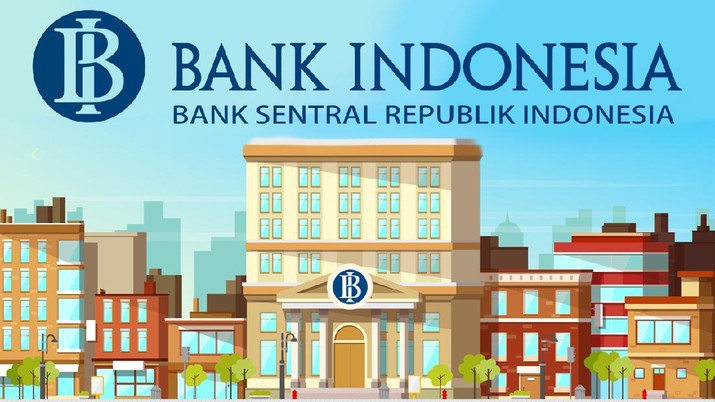Inflation and BI Rate in 2024? (Part-3)

By: Dr. Mohamad Ikhsan Modjo (Financial Economic Specialist’s BINUS International Finance Program)
The growing enthusiasm of foreign investors is driven by many factors, among them predictions of economic weakening in many developed countries due to the chain effects of the COVID-19 pandemic and the ever-increasing FED rate.
Last but not least, rising global prices will drive domestic price levels upward, leading to inflation.
The impact of rising global prices on the domestic economy is not yet felt due to two factors. The first factor is the relative insulation of household consumption, thanks to fuel subsidies. The second factor is the lag effect of price transmission from the world market to the retail consumers.
However, as the cost of raw materials and distribution in the production sector creeps up with the rise in oil prices, this price increase will be transmitted to the retail and household levels, increasing domestic inflation.
As a result, from several factors above, high inflation still has an acute potential in 2024.
In this regard, besides monetary therapy, there are at least two policies as safety measures, which have small political and economic risks. The first step is to ensure that the state budget fully absorbs global commodity price fluctuations (APBN). This step is crucial to insulate consumer households from rising global prices and spiral inflation pressure. The second step is to narrow the corridor of foreign exchange traffic and direct incoming foreign capital more towards productive sectors, not just portfolio investment.
Lastly, Hemingway might be wrong. The increase in inflation this year will not destroy this nation. However, inflation could destroy the momentum and foundation of existing growth. Therefore, policymakers’ keenness in responding to existing conditions is indeed very much needed.

